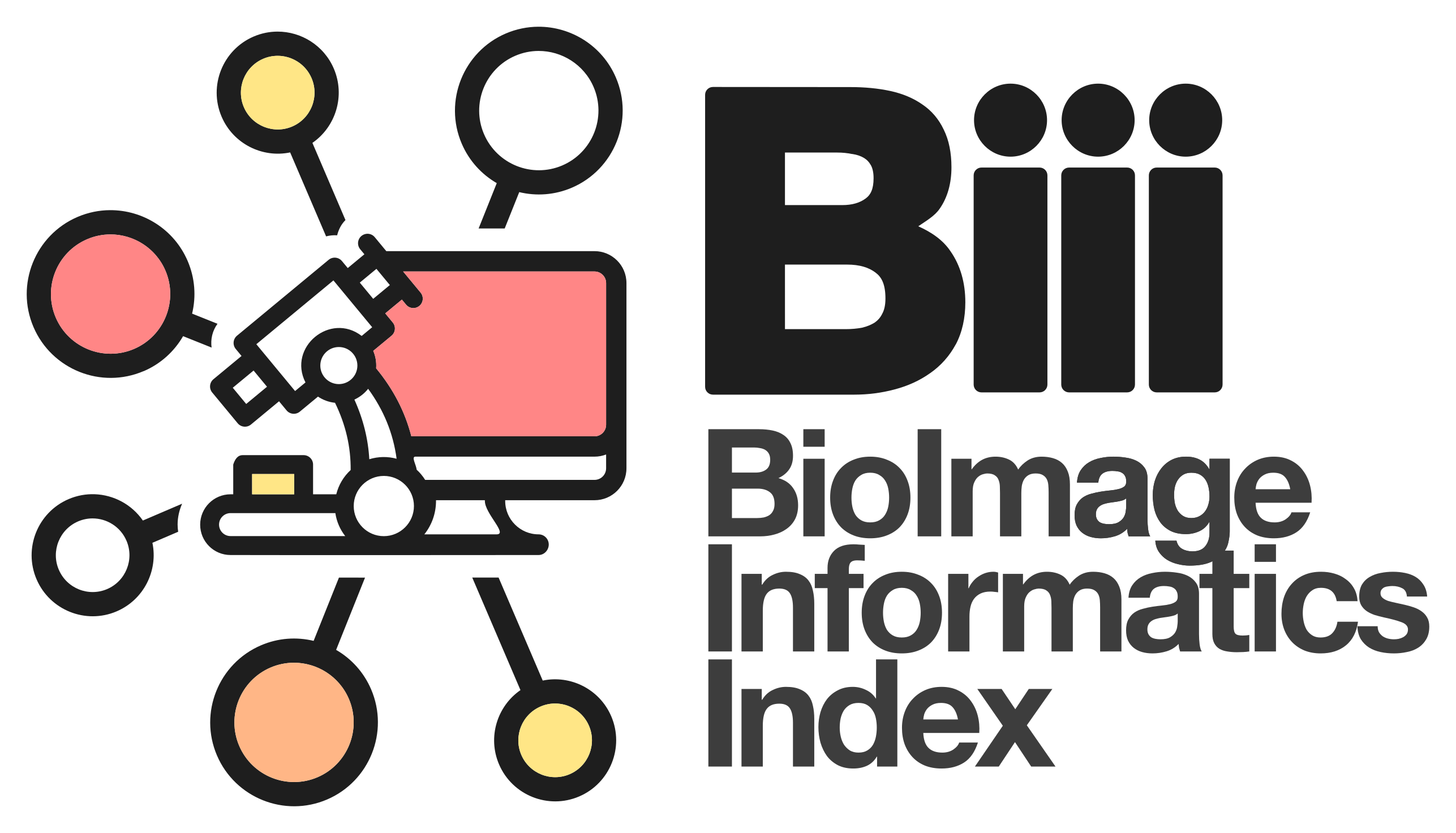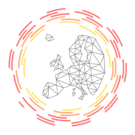MosaicSuit
Type
Requires
Interaction Level
License/Openness
Description
Image-processing algorithms developed at the MOSAIC Group for fluorescence microscopy. Tools included:
* 2D/3D single-particle tracking tool which can be used to track bright spots in 2D/3D movies over time.
* Optimal filament segmentation of 2D images with previously unknown number of filaments. It can produce sub-pixel accuracy results and handle different types of image data from different microscopy modalities.
* Curvature filters for image filtering, denoising, and restoration. Currently implemented Gauss curvature, Mean curvature, and Total Variation (TV) filters. The only parameters is the number of iterations, i.e., how many passes of the filter should be applied to the image. Else the filters are parameter free. A C++ implementation of these filters is also available.
* Image naturalization for image enhancement based on gradient statistics of natural-scence images. The algorithm is completely parameter free. In fluorescence microscopy, image naturalization can be used for blind deconvolution, dehazing (removing scatter light), denoising, or contract enhancement.
*Tool for automatically send and distribute jobs on clusters and get back the results.
* Multi-region image segmentation of 2D and 3D images without needing to know the number of regions beforehand. The method can handle objects with internal intensity gradients (i.e., shaded objects), but is limited to pixel-level accuracy and only delivers locally optimal results that depend on the initialization.
* Squassh for globally optimal segmentation of piecewise constant regions in 2D and 3D images and for object-based co-localization analysis. Globally optimal segmentation is very fast and independent of initialization, but it is currently limited to objects with homogeneous (i.e., constant) internal intensity. The method can also produce sub-pixel accurate results.
* Tool for inferring spatial interactions between patterns of objects in images or between coordinates read from a file.
* Tool for robust, histogram-based background subtraction well suited to correct for inhomogeneous illumination artifacts.
* This plugin can be used to estimate the Point-Spread Function of the microscopy out of 2D fluorescence images.
* Measurement of the 3D Point-Spread Function of a confocal microscope from an image stack.
* It can add synthetic Poisson-distributed noise to an image in order to simulate shot noise of various signal-to-noise ratios. It can be used to generate benchmark images in order to assess the accuracy and robustness of image processing algorithms as a function of the noise level present in images.
* This plugin convolves an image with a Bessel function in order to simulate imaging with a microscope. The Bessel function is a model for a generic Point-Spread Function, depending on the wavelength and NA. This plugin can be used to generate synthetic images that mimic microscope output in order to benchmark the accuracy and robustness of image processing algorithms.
* Small utility to detect bright spots in images and estimate their center. This can be handy in an image-processing pipeline or macro where only detection is needed. It can also be combined with Squash for segmentation patch positioning, and it handles time-series and video data.
* An utility to create manual segmentations to be used as ground truth to test and benchmark automatic segmentation algorithms.
* A tool for replacing one color in an image with another color.
Entry Curator
Post date
10/06/2016 - 15:27
Last modified
09/13/2017 - 12:16

